Indian Cricket 4.0: The “Sachin…Sachin” Moment is Here for Indian Women -- Grab It!
- Rohit Chatterjee
- 3 weeks ago
- 6 minutes read
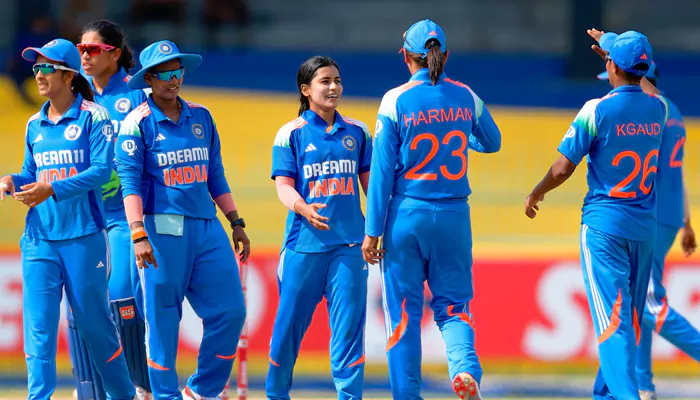
A ferocious innings from Jemimah Rodrigues helped India defeat the mighty Aussies for a place in the finale of the 2025 Women’s ODI World Cup
India became a cricket-crazy nation after the country, despite being the underdogs, lifted the World Cup in 1983, captained by Kapil Dev. Yes, the nation has been playing cricket even before it gained independence, but the 1983 victory was a pivotal point. The World Cup title, achieved only 36 years after independence, elevated cricket to a prominent position in India. That was Indian Cricket 1.0 – a newly independent nation lifting the World Cup to create a statement.
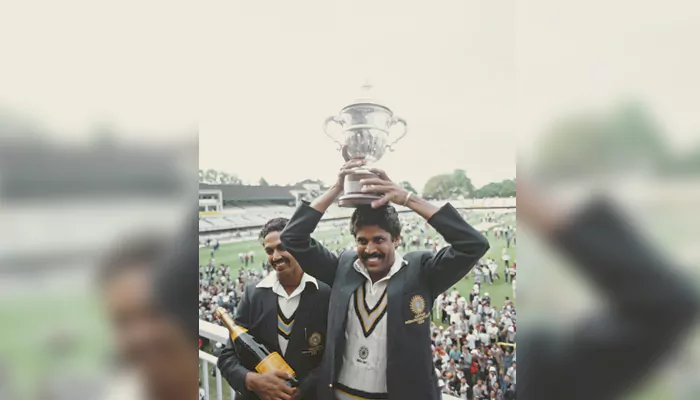
(Credit- The Hindu Sportstar)
Since then, cricket has emerged as the preferred sport for most Indians, despite the historical prominence of hockey and football in the country. With legendary players like Sunil Gavaskar, Mohinder Amarnath, Javagal Srinath, Sachin Tendulkar, Rahul Dravid, and Sourav Ganguly competing against the best of foreign talents, they earned a fandom. However, the fandom was nothing like a football fandom.
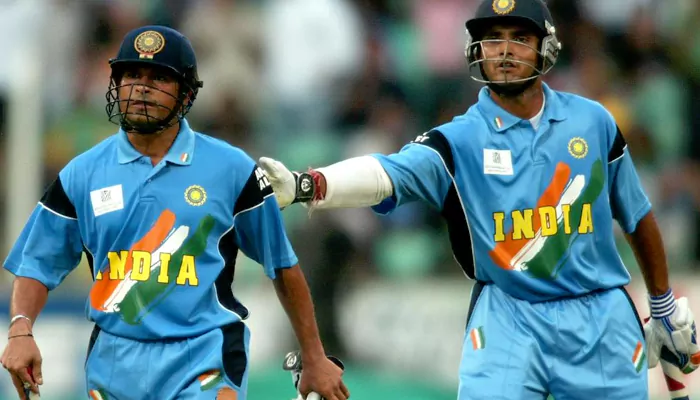
(Credit- India Today)
The football fraternity
Unlike cricket, international football isn’t played every year. Therefore, in Europe, where football is above all, the focus is on domestic leagues such as the Premier League, La Liga, and others. Teams in these leagues are football clubs that are followed by loyal fans.
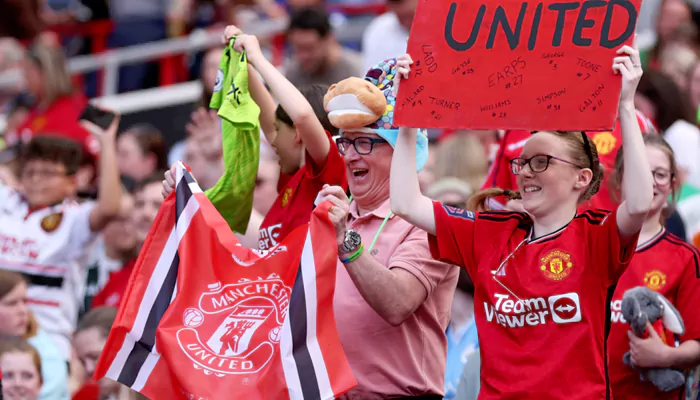
(Credit- BBC)
And these loyal fans aren’t only men; there are women as well. If a family supports Manchester United, every member, irrespective of gender or age, supports that club or team. They attend matches, scream at the top of their lungs, and even fight with rival teams to display their loyalty and support.
Yes, women’s football is still not at the level of men’s football, but women in football? They have been there since the 80s and 90s, growing in number.
Indian Cricket 2.0
Back to the likes of Tendulkar and Ganguly, and the rest, while their performances were brilliant, the commercialisation of cricket helped them immensely in gaining a fan base. From ads to appearances in movies and television shows, the faces of Indian cricket were everywhere. However, the majority of this fandom still comprised men. Whether it was the 2003 World Cup final, the 2007 loss, or the T20 victory under Mahendra Singh Dhoni, the majority of the fandom comprised men. The stadium, mostly packed with men, gave rise to the “Sachin…Sachin” slogan.
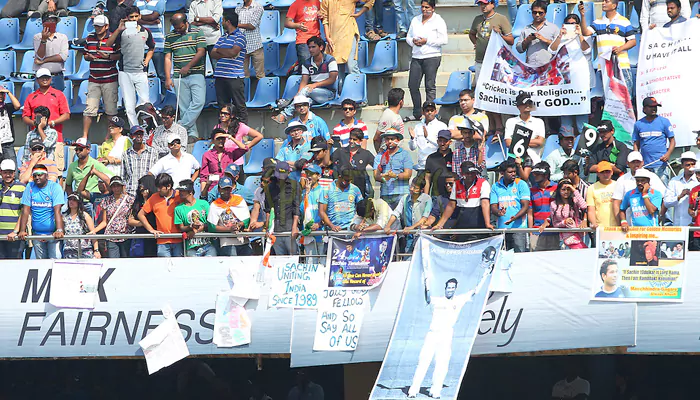
Indian Cricket 3.0 and a gradual shift
Cricket 3.0 witnessed a gradual shift in the gender of Indian fandom. Women's cricket was still trying to carve out a share of the fan base, whether in terms of viewership on television and OTT platforms or physical presence from both women and men.
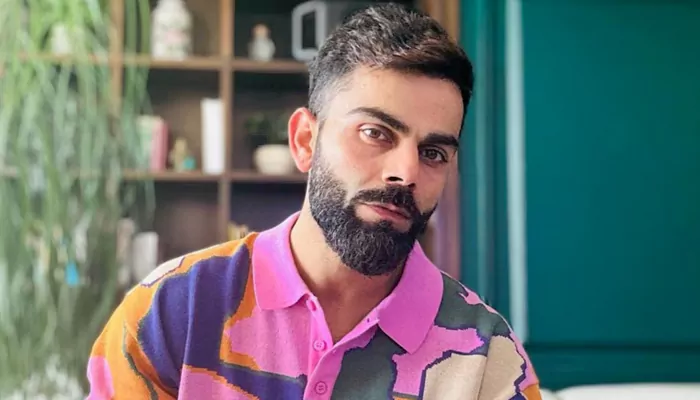
(Credit- News18)
However, in men’s cricket, women were finally taking an interest, thanks to the likes of Dhoni, Virat Kohli, Rohit Sharma, Yuvraj Singh, Shikhar Dhawan, Shubman Gill, Abhishek Sharma, Rinku Singh and a few others who aren’t only seen as cricketers but also as fashion icons and influencers.
Having said this, there’s also the question: do women fans follow these players for their cricket or their fashion and lifestyle? How many are aware of statistics, history, technical terms, pitch reports, and so on? Only if there were stats or surveys to answer these questions.
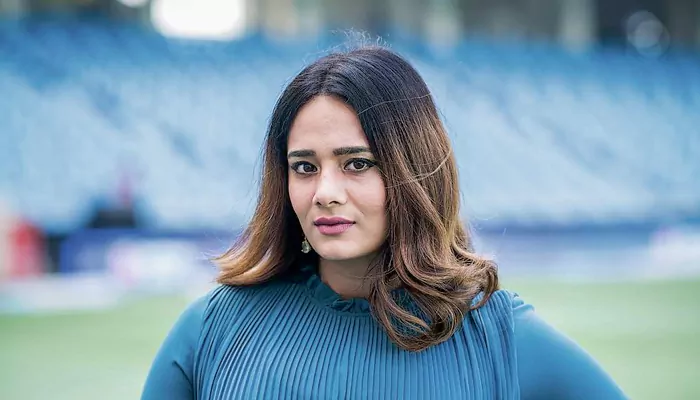
(Credit- Feminism in India)
The Indian Premier League also witnessed several women working off the field in various designations. Mayanti Langer is a prime example of how some women have carved out a niche for themselves in the world of men’s cricket. Unfortunately, it still wasn’t enough, as stadiums did not attract many female spectators, apart from a significant number in the IPL, which is again less cricket and more of a glam show. And women’s cricket? The story continued.
Indian Cricket 4.0
Finally, the real change occurred when social media gained traction in India, and the Indian women’s cricket team lost the 2017 ODI World Cup final. They lost the game, but their stories went viral. The Indian women’s cricket team reaching the final was a surprise to many who had no knowledge of the team and its players.
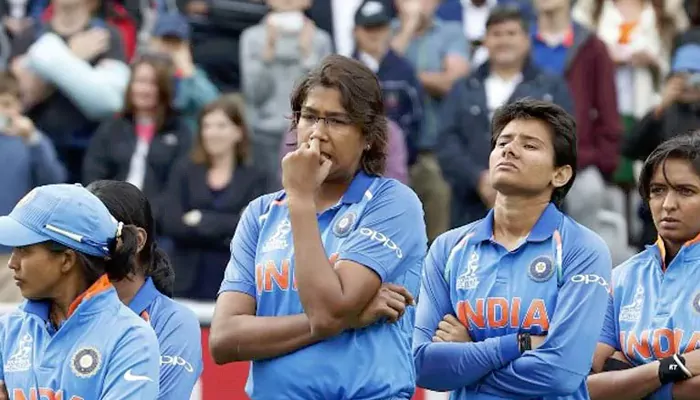
(Credit- NDTV)
The presence of players on social media also altered the dynamics, as men and women began following the lives of women cricketers, taking an interest in them. The Women’s Premier League also gave a boost to creating a fandom, but there’s still a long way to go. Fortunately, this long way can be covered in merely 7-8 hours.
Decades in hours
In the semi-final against Australia, the Women in Blue received heavy support from Indian fans, both inside the stadium with packed seats and outside, with millions of viewers on Jio Hotstar. However, if you look at the highlights, you will realise there was a huge gap in the ratio of men and women spectators. As always, the stadium had more men than women.
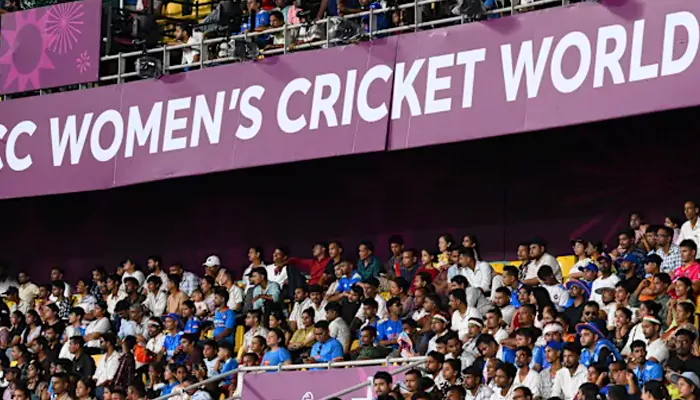
(Credit - ICC)
Yes, it is understandable that in many parts of India, women are still not allowed to participate in sports, but can the same be said for women in urban areas where the matches are taking place? How invested are educated or middle- & upper-class working women in cricket or other sports? Are parents in urban areas encouraging their children, irrespective of gender, to play sports or watch sports on television or laptop screens?
In fact, check social media platforms, and you will get the point we are trying to make. Is it as noisy as it was when the men’s team reached the final last year? Did you, as a woman, make a post, or how many women you know celebrated the semi-final victory?
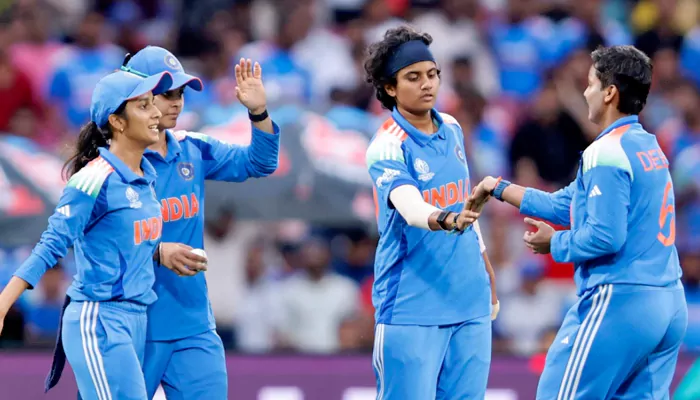
(Credit- OTT Play)
All this can change when India takes on South Africa for the final match – the decade-long missing fandom coming together in 7-8 hours. If you are a woman, this is your “Sachin…Sachin” moment, but instead of shouting for Sachin, you will shout for Harmanpreet, Shafali, Smriti, and the rest of the players. This is your chance to throw your female friends, kids, and relatives into the cauldron of Indian sports, and make it as gender neutral a fanbase as football.
Whether our Women in Blue win or not, if you, as a woman, watch the final, then that is the real victory for India, Indian cricket, and all of Indian women.











